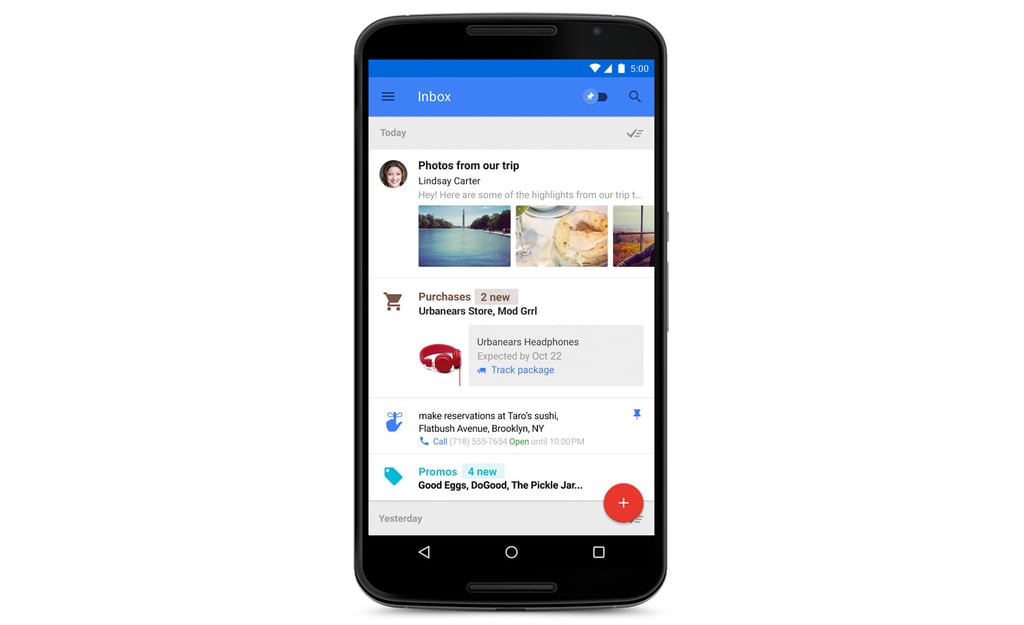

“I said, instead of trying to rank the top 10%, let’s just group or bundle the bottom 80%,” Leggett explains. But instead of focusing on the messages that are most important to you and trying to make those stand out, Bundles works on addressing the other end of the spectrum and aims to make lower-priority emails easier to manage. The simplest way to think about Bundles is as email categorization on steroids. In a way, it feels like Leggett is in a unique position to make this happen, given both his design sense and his rare intimate knowledge of Gmail’s inner workings (something he says helps him adjust the extension constantly to account for Google’s ongoing under-the-hood changes). In fact, if you didn’t know any better, you’d just assume Google had added the feature directly into Gmail-which is true for all of Simplify’s modifications and the level of native-feeling polish they provide. Like lots of Google-incubated initiatives, Bundles was born out of data.And amazingly, despite the fact that this new version of the system is being handled entirely by a browser extension, it seems every bit as smooth and native as the initial version did within Inbox. So what if we put all the apps into Gmail?” he says. “One of our working theories was that Talk is the only that was built into Gmail. Nothing else, as Leggett recalls it, came close to reaching the levels of adoption those two services were seeing. After it came Google Talk-Google’s original cross-platform messaging platform, which was integrated directly into the Gmail website.

They noticed what struck them as a telling trend: At that particular moment, Gmail was by far the company’s most popular and widely used service. It all started when Leggett and a colleague from the Gmail team decided to poke around in Google’s treasure trove of big-picture service usage data. It was, in Leggett’s eyes, a “revolutionary” product-one that would have totally reimagined the way we interacted not only with email but also with practically every other Google productivity app. It was, in Leggett’s eyes, a ‘revolutionary’ product.Inbox, as it turns out, was originally meant to be even more ambitious. Inbox was originally meant to be even more ambitious. And it adds in a carefully curated lineup of genuinely useful features-everything from extra keyboard shortcuts to a true dark mode for your entire inbox. It eliminates clutter and introduces a more Inbox-reminiscent, minimalist vibe while still staying true to the current Gmail structure.
#NEW GMAIL INBOX APP SOFTWARE#
Purely by being present in the background of your desktop browser, the software completely changes the look and feel of Gmail. The secret? A simple-seeming browser extension called Simplify Gmail (which, not surprisingly, made the cut as one of Fast Company’s best productivity apps of 2021). Nope-it’s Michael Leggett, the original Inbox designer who’s now made it his mission to improve Google’s apps and services from the outside. They’ll soon be available within Gmail itself, bringing back a feature that Inbox aficionados lost long ago and users of garden-variety Gmail never had in the first place.īut here’s the kicker: Google itself isn’t the one giving us Bundles this go-round. Bundles grouped low-priority messages into clusters within your inbox and gave you intelligent tools to triage them quickly, efficiently, and on your own schedule.īundles, as they appeared in the original Inbox app circa 2014-as seen with the various clusters of emails (“Redfin,” “Updates,” “School,” “Promos,” and so on) within the main inbox interface.Īnd now, Bundles are coming back to life.

One Inbox element in particular has become the Holy Grail of email efficiency for former fans of the service: Its system of email delivery known as Bundles. But Inbox’s most transformative enhancements have remained vexingly out of reach ever since Google gave up on the service in 2019. Google initially described the effort as a “completely different type of inbox”-a “better way to get back to what matters.” It was technically still Gmail, mind you, but with a whole new interface and way of interacting that emphasized efficiency. Some of its concepts have since been integrated into Gmail itself, such as snoozing. Inbox, in case you don’t recall, was a daring reinvention of the tried-and-true email interface. “It was kind of dead man walking,” says Michael Leggett, a former Gmail design lead and the person who guided Inbox through its first four years of development.


 0 kommentar(er)
0 kommentar(er)
